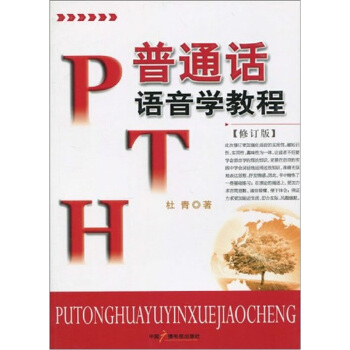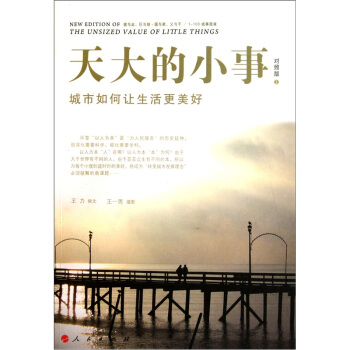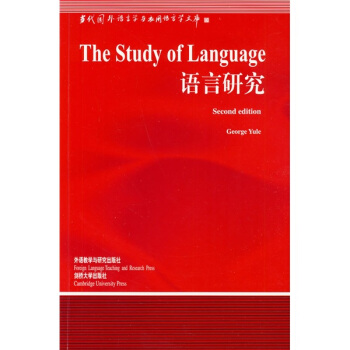
語言研究 epub pdf mobi txt 電子書 下載 2025
語言研究 epub pdf mobi txt 電子書 下載 2025
簡體網頁||繁體網頁
[美] 尤爾 著
下載链接在页面底部
點擊這裡下載
發表於2025-02-02
商品介绍
齣版社: 外語教學與研究齣版社
ISBN:9787560019536
版次:1
商品編碼:10033748
品牌:外研社
包裝:平裝
叢書名: 當代國外語言學與應用語言學文庫
開本:16開
齣版時間:2000-08-01
用紙:膠版紙
頁數:299
正文語種:中文
語言研究 epub pdf mobi txt 電子書 下載 2025
类似图書 點擊查看全場最低價
相关書籍
書籍描述
內容簡介
《語言研究》是一本專為語言學初學者編寫的入門教材。全書共分二十一章。作者以科學、客觀的態度把人類關於語言的研究做瞭一番詳細、全麵的介紹,幾乎涉及語言研究的所有領域。有些領域甚至分得非常細,如構詞法和形態學專闢兩章,語法和句法專闢兩章,語用學和話語分析也分兩章介紹。全書的語言樸實易懂,沒有用新奇的術語唬人。為便於讀者學習,每章還配有許多思考題和習題。該書介紹的語言研究涵蓋傳統語言學(如語言文字學、曆史語言學)和現代西方語言學諸領域。但是作者不以流派分章節,重在介紹現代語言學,兼顧傳統語言學;既注重知識的係統性,又顧及到內容的趣味性。例如,作者在論述語言的屬性之後意猶未盡,又闢一章舉數例說明人和動物之間在交際和學習語言方麵的根本差異:靈長目動物黑猩猩雖然能理解一些極基本的符號,但是它們的交際能力與人類的語言能力不可同日而語。
目錄
王宗炎序導讀
Preface
Preface to second edition
1 The origins of language
2 The development of writing
3 The properties of language
4 Animals and human language
5 The sounds of language
6 The sound patterns of language
7 Words and word-formation processes
8 Morpology
9 Phrases and sentences:grammar
10 Syntax
11 Semantics
12 Pragmatics
13 Discourse analysis
14 Language and machines
15 Language and the brain
16 First language acquisition
17 Second language acquisition/learning
18 Sign language
19 Language history and change
20 Language varieties
21 Language,society and culture
Appendix
References
Index
文庫索引
精彩書摘
From this diagram,we can say that "horse is a hyponym of animal" or that ‘ant is a hyponym of insect'.We can also say that two or more terms which share the same superordinate (lugher-up) term are co-hyponyms. So,horse and dog are co-hyponyms, and the superordinate term is animal.The relation of hyponymy captures the idea of'is a kind of', as when you give the meaning of a word by saying "an asp is a kind of snake".lt is often the case that the only thing some people know about the meaning of a word in their language is that it is a hyponym of another term. That is, you may know notlung more about the meaning of asp other than that it is a kind of snake.
It is worth emphasizing that.it is not only words for‘things' that are hyponyms. Terms for actions, such as cut, punch, shoot and stab, can all be found as co-hyponyms of the superordinate term injure.
Prototypes
While the words canary, dove, duck, flamingo, parrot, pelican, robin, swal-low and thrush are all equally co-hyponyms of the superordinate bird, they are not all considered to be equally good exemplars of the category ‘bird'.For'many American English speakers, the best exemplar, or the prototype, of‘bird' is the robin.The concept of a prototype helps explain the mearung of certain words, like bird, not in terms of component features (e.g.‘has feathers',‘has wings'), but in terms of resemblance to the clearest exemplar. Thus, even native speakers of English nught wonder if ostrich and penguin should be hyponyms of bird (technically, they are), but have no trouble deciding about sparrow or prgeon.The last two are much closer to the proto-type.
Given the category label furniture, we are quicker to recognize chair as an exemplar than bench or stool. Given clothing, people recognize shirts quicker than shoes,and given vegetable,they accept carrot before potato or tomato.lt is obvious that there is some general pattern to the categorization process involved in prototypes and that it determines our interpretation of word meaning. However, this is one area where individual experience results in variation in interpretation, as when people disagree about whether tomato is a fruit or a vegetable.
Homophony, homonymy and polysemy
There are three other, less well-known terms which are often used to describe relationships among words in a language. The first of these is homophony. When two or more different (written) forms have the same pronunciation,they are described as homophones. Some examples are bare - bear, meat-meet, ftour flower,pail-pale, sew-so.
The term homonymy is used when one form (written and spoken) has two or more unrelated meanings. Examples of homonyms are the pairs bank (of a river) - bank (financialinstitution), bat (flying creature) - bat (used in sports), race (contest of speed) - race (ethnic group), pupll (at school)-pupil (in the eye) and mole (on skin) - mole (small animaI).The temptation is to think that the two types of bank must be related in meaning.They are not. Homonyms are words which have quite separate meanings, but which have accidentally come to have exactly the same form.
Relatedness of meaning accompanying identical form is technically known as polysemy, which can be defined as one form (written or spoken)having multiple meanings which are all related by extension. Examples are the word head,used to refer to the object on top of your body, on top of a glass of beer, on top of a company or department; or foot (of person, of bed, of mountain),or run (person does,water does,colors do).
The distinction between homonymy and polysemy is not always clear cut. However,one indication of the distinction can be found in the typical dictio-nary entry for words. If a word has multiple meanings (polysenuc), then there will be a single entry,with a numbered list of the different meanings of the word.lf two words are treated as homonyms,they will typically have two separate entries.You could check in your dictionary and probably find that the different meanings of words like head, get, run, face and foot are treated as examples of polysemy, whereas mail, bank, sole and mole are treated as examples of homonymy.
……
語言研究 epub pdf mobi txt 電子書 下載 2025
語言研究 下載 epub mobi pdf txt 電子書語言研究 pdf 下載 mobi 下載 pub 下載 txt 電子書 下載 2025
語言研究 mobi pdf epub txt 電子書 下載 2025
語言研究 epub pdf mobi txt 電子書 下載讀者評價
評分
老師讓我們買的教科書,不錯的
評分全英..書很好,深入淺齣。
評分很好
評分語言研究 外研社這一係列的書都推薦。
評分很有用的工具書,語言學必備
評分經典著作,值得閱讀。
評分評分
很不錯~~~很不錯~~~很不錯~~~很不錯~~~
評分當你心情愉快時,讀書能讓你發現身邊更多美好的事物,讓你更加享受生活。讀書是一種最美麗的享受。“書中自有黃金屋,書中自有顔如 玉。”
語言研究 epub pdf mobi txt 電子書 下載 2025
类似图書 點擊查看全場最低價
語言研究 epub pdf mobi txt 電子書 下載 2025
分享鏈接
相关書籍
-
 西方社會學理論 epub pdf mobi txt 電子書 下載
西方社會學理論 epub pdf mobi txt 電子書 下載 -
 劍橋科學史(第7捲):現代社會科學 epub pdf mobi txt 電子書 下載
劍橋科學史(第7捲):現代社會科學 epub pdf mobi txt 電子書 下載 -
 生命中最好的語文課:乾國祥語文課堂教學實錄 epub pdf mobi txt 電子書 下載
生命中最好的語文課:乾國祥語文課堂教學實錄 epub pdf mobi txt 電子書 下載 -
 漢譯世界學術名著叢書:社會生活中的交換與權力 epub pdf mobi txt 電子書 下載
漢譯世界學術名著叢書:社會生活中的交換與權力 epub pdf mobi txt 電子書 下載 -
 大國危途:民族興衰與人口政策再思考 epub pdf mobi txt 電子書 下載
大國危途:民族興衰與人口政策再思考 epub pdf mobi txt 電子書 下載 -
 小區域 大學問:幼兒園區域環境創設與活動指導 epub pdf mobi txt 電子書 下載
小區域 大學問:幼兒園區域環境創設與活動指導 epub pdf mobi txt 電子書 下載 -
![正義的兩麵(修訂版) [The Two Faces of Justice Revised Edition] pdf epub mobi 電子書 下載](/static/pix.jpg) 正義的兩麵(修訂版) [The Two Faces of Justice Revised Edition] epub pdf mobi txt 電子書 下載
正義的兩麵(修訂版) [The Two Faces of Justice Revised Edition] epub pdf mobi txt 電子書 下載 -
![牛津通識讀本:性存在 [Sexuality: A Very Short Introduction] pdf epub mobi 電子書 下載](/static/pix.jpg) 牛津通識讀本:性存在 [Sexuality: A Very Short Introduction] epub pdf mobi txt 電子書 下載
牛津通識讀本:性存在 [Sexuality: A Very Short Introduction] epub pdf mobi txt 電子書 下載 -
 下一個大事件:影響未來世界的八大趨勢 epub pdf mobi txt 電子書 下載
下一個大事件:影響未來世界的八大趨勢 epub pdf mobi txt 電子書 下載 -
 新知文庫76:笑的科學:解開笑與幽默感背後的大腦謎團 epub pdf mobi txt 電子書 下載
新知文庫76:笑的科學:解開笑與幽默感背後的大腦謎團 epub pdf mobi txt 電子書 下載 -
 閤作的進化(修訂版) epub pdf mobi txt 電子書 下載
閤作的進化(修訂版) epub pdf mobi txt 電子書 下載 -
 教育隨筆:給教師的一百條新建議 epub pdf mobi txt 電子書 下載
教育隨筆:給教師的一百條新建議 epub pdf mobi txt 電子書 下載 -
 昨天的與世界的:從文化到人物 epub pdf mobi txt 電子書 下載
昨天的與世界的:從文化到人物 epub pdf mobi txt 電子書 下載 -
![2050人類大遷徙 [The World in 2050:Four Forces Shaping Civilization] pdf epub mobi 電子書 下載](/static/pix.jpg) 2050人類大遷徙 [The World in 2050:Four Forces Shaping Civilization] epub pdf mobi txt 電子書 下載
2050人類大遷徙 [The World in 2050:Four Forces Shaping Civilization] epub pdf mobi txt 電子書 下載 -
![新知文庫08:血液的故事(二版) [Five Quarts:A Personal And Natural History Of Blood] pdf epub mobi 電子書 下載](/static/pix.jpg) 新知文庫08:血液的故事(二版) [Five Quarts:A Personal And Natural History Of Blood] epub pdf mobi txt 電子書 下載
新知文庫08:血液的故事(二版) [Five Quarts:A Personal And Natural History Of Blood] epub pdf mobi txt 電子書 下載 -
![質性訪談方法:聆聽與提問的藝術 [Qualitative Interviewing:The Art of Hearing Data] pdf epub mobi 電子書 下載](/static/pix.jpg) 質性訪談方法:聆聽與提問的藝術 [Qualitative Interviewing:The Art of Hearing Data] epub pdf mobi txt 電子書 下載
質性訪談方法:聆聽與提問的藝術 [Qualitative Interviewing:The Art of Hearing Data] epub pdf mobi txt 電子書 下載 -
 主持人技藝訓練教程 epub pdf mobi txt 電子書 下載
主持人技藝訓練教程 epub pdf mobi txt 電子書 下載 -
 普通話語音學教程(修訂版) epub pdf mobi txt 電子書 下載
普通話語音學教程(修訂版) epub pdf mobi txt 電子書 下載 -
 天大的小事:城市如何讓生活更美好(對照版) epub pdf mobi txt 電子書 下載
天大的小事:城市如何讓生活更美好(對照版) epub pdf mobi txt 電子書 下載 -
 詩詞寫作教程 epub pdf mobi txt 電子書 下載
詩詞寫作教程 epub pdf mobi txt 電子書 下載




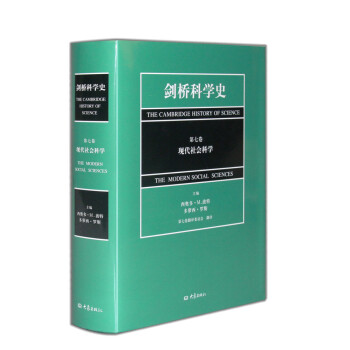
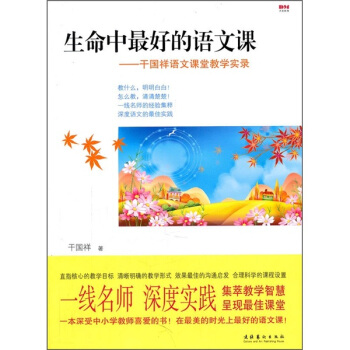
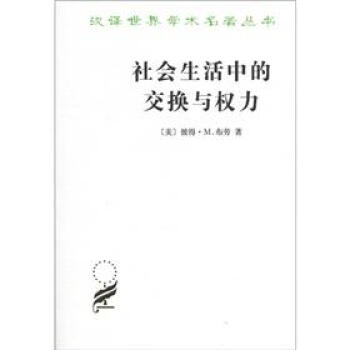
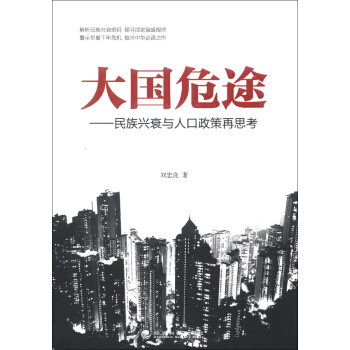

![正義的兩麵(修訂版) [The Two Faces of Justice Revised Edition] pdf epub mobi 電子書 下載](https://pic.tinynews.org/11568196/545aec2bNc53b670b.jpg)
![牛津通識讀本:性存在 [Sexuality: A Very Short Introduction] pdf epub mobi 電子書 下載](https://pic.tinynews.org/11751440/55cb0ed8Ncbdd3276.jpg)


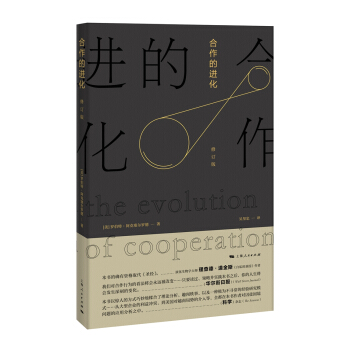
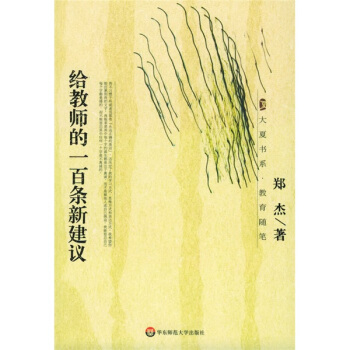

![2050人類大遷徙 [The World in 2050:Four Forces Shaping Civilization] pdf epub mobi 電子書 下載](https://pic.tinynews.org/11893099/56eb9817Ncae428bb.jpg)
![新知文庫08:血液的故事(二版) [Five Quarts:A Personal And Natural History Of Blood] pdf epub mobi 電子書 下載](https://pic.tinynews.org/11996238/57a15f5dNf7fc0737.jpg)
![質性訪談方法:聆聽與提問的藝術 [Qualitative Interviewing:The Art of Hearing Data] pdf epub mobi 電子書 下載](https://pic.tinynews.org/10040280/f2c39ca9-2595-4e12-9497-b1854cf2c7f4.jpg)

